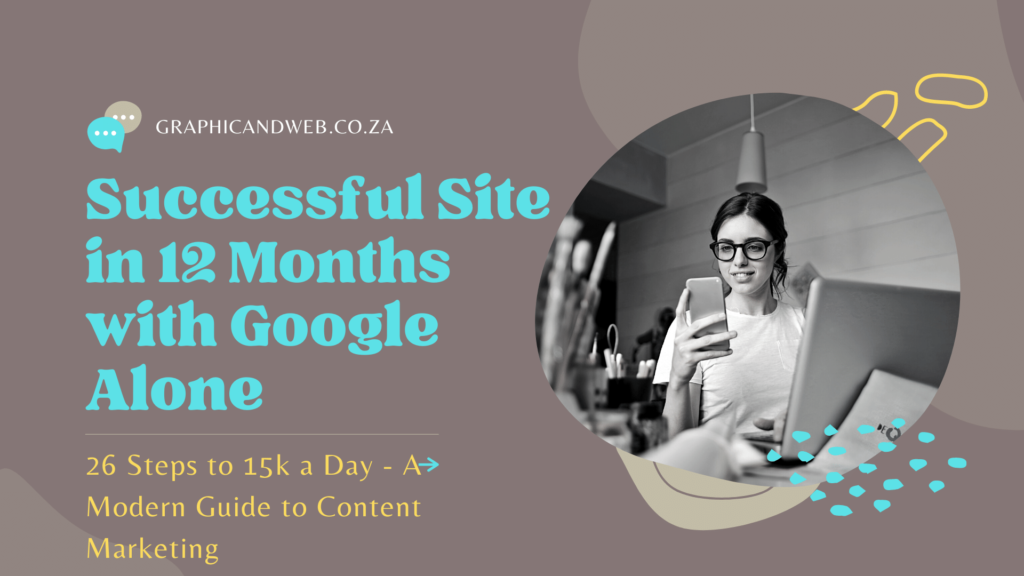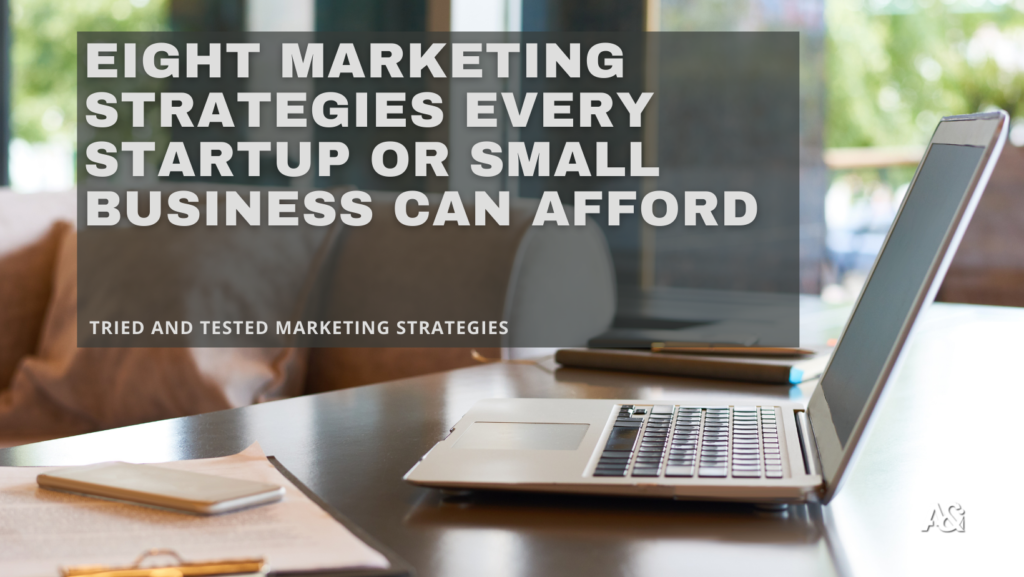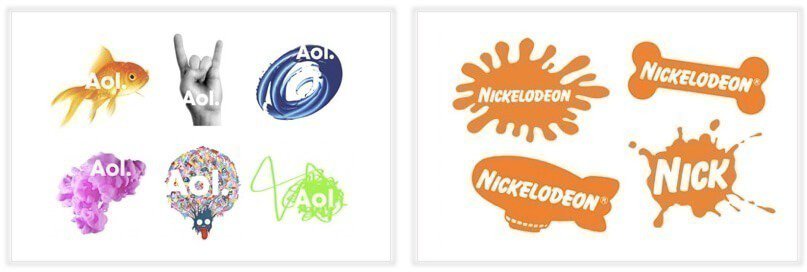Today, social media uses a wide range of different social networking platforms to help its users with the creation and sharing of ideas, information, personal interests, and hobbies by establishing virtual networks. Affiliates can benefit from these groups that use web-based applications to communicate, interact, and connect. Affiliates participate by generating the content, for example with comments, articles, photos, videos. Social media is an effective communication and affiliate marketing channel that is available to individuals, small and large businesses at very low cost with the ability to share this content in real-time. But how do you start your affiliate marketing on social?
To take part affiliates and digital marketers must first register with their chosen social media platforms and create a user profile by adding their user information to Facebook, Twitter, Instagram, or Pinterest depending on their social media objectives. Once registered, the user can connect with other users or groups of users and in this way creating networks of potential partners and even customers. In order to access these platforms, affiliates have to use the social media application or software via desktops, laptops, notepads, or by downloading and setting up the media application in smartphones.
Why use social media platforms for affiliate marketing?
Affiliate marketing has grown in popularity in the past ten years and has become a very important customer acquisition channel for internet retailers and a key performance marketing strategy. The main reason is that it connects digital marketers with online retailers to do business in a very straightforward way by enabling a merchant to promote its services to a wide range of affiliates in any location in a cost-effective way. By promoting the digital store, the affiliate gets paid a commission for the sales referred by his affiliate website; with both the affiliate and merchant using an affiliate tracking software to monitor impressions, clicks, sales, and commissions.
One of the easiest traffic channels available to affiliates are social media sites, they are simple and quick to set up and will help you to start driving sales and affiliate commissions. Using social media for affiliate marketing will also help you start building your brand and social media audience, however, make sure that you are also sharing quality content to your audience and that you are using the right social media platform for your business.
How do I choose the write social media platform for affiliate marketing?
Choosing which social media platform really depends on your social media objectives; are you aiming to build your brand or looking for lead generation. In any case. you need to consider which channels are used by your target audience, the channels that your competitors are using, and the type of content that is most likely to engage with your audience. With this in mind, we are going to consider a number of social media platforms that we believe are easy to set up at no cost and that can create the audience for your affiliate marketing campaigns.
How do I set up a Facebook page for affiliate marketing campaigns?
As an affiliate marketer, you need to ensure that you are set up with the largest social media platform from day one. Facebook not only has the largest network, but it also offers many targeting options. Furthermore, it offers all types of audiences to both merchant and affiliate websites to promote any type of service or product. The first thing that an affiliate should do is to create their own Facebook page by just entering some basic information and update the profile.
Once you have created your own Facebook page, you should select a theme to focus on based on your personal interest or knowledge and promote related affiliate products in this page. You should also treat it as a regular and long-term marketing activity making sure that it delivers good quality and highly relevant content to your followers.
SEO for Facebook
As with a website, there are some basic SEO actions that you need to have in place for your Facebook page. The first thing is to get your Facebook page URL shortened to make it more readable for Google (you can get your shortened URL after getting 25 likes on your page). Getting back-links from reputable Facebook pages in your niche is also important for SEO purposes and always make sure that you include your relevant keywords at the start of the sentence in your status updates.
Buying Facebook likes Vs. Organic Facebook likes
Stay away from buying likes and instead focus on getting organic likes. You can start getting likes by letting your contacts know about your new Facebook page and ask them to “like” your page in order to get updates from you. The next step is to regularly engage with your audience by posting regularly (not spamming your followers), and as you do it, you’ll get a general feel for what works taking into account that posts with photos and videos get more likes.
Frequency of Facebook posts
As far as posting frequency, according to some social media experts, posting once per day is optimal with a maximum of two posts per day, while the social media platform HubSpot recommends posting at least 3 times per week. The timing of your posts is also important, and it depends on when your audience is online, to this end, affiliates should check this in the Facebook insights of your Facebook account, so it really depends on the needs of each individual business.
You can also start promoting your page via Facebook Groups, so is very important that you find the right group for your audience, join it, and make your own regular contributions. To be successful in these groups you need to be patient and make worthwhile contributions by participating in discussions, offering advice, and sharing valuable content
How do I use Twitter for affiliate marketing?
Twitter has been around since 2006 and has approximately 330 million monthly active users. Although it’s not as large as other social media platforms, it offers affiliates an additional marketing channel. For those of you that don’t know (firstly where have you been?! secondly read on) Twitter allows users to write short messages with a maximum of 280 characters per Tweet, giving users the chance to write very concise and snappy messages.
Using Twitter for affiliate marketing will help you to increase your brand awareness and most importantly, to start building your own audience of loyal followers. As you communicate regularly and build a closer relationship with your followers, many of them will become partners and deliver valuable leads in due course.
Setting up your Twitter account
Once you have signed up to Twitter, make sure that you have a good profile for your future visitors to get an idea of who you are, including a short description of you, hobbies, interests, and the URL of your website as well. The next step is to start getting followers to your Twitter account and by doing so increase your audience. You can get followers by following users in your niche first, post engaging posts with useful advice to your followers, retweet advice from trusted users and as an additional option, you can increase the number of followers by running paid campaigns.
When running affiliate marketing campaigns via Twitter, it’s also very important to get the timing of your Tweets right based on what type of business you have. B2B companies, for example, get the most out of Twitter when they post on weekdays whereas, for B2C companies, weekends are the most engaged. To boost the engagement of your Tweets it’s advisable to use images ad hashtags. Hashtags are vital for affiliate marketing as they tell the relevancy of the content to users and find relevant hashtags for words about your product or service, for example, #AffiliateMarketing, #MakeMoney and add them to your Twitter post.
Twitter affiliate marketing allows you to monetize your social media following by adding offers from affiliate programs relevant to your audience and Twitter account content. As you become an expert in your affiliate niche, then you can start promoting your products and services from different affiliate merchants and by doing so, earn commissions. Winning!
How do I use Instagram for affiliate marketing?
Instagram is a great platform for affiliate marketing because it gives you the chance to monetize your audience easily. Instagrammers can promote an affiliate merchants’ products by placing a discrete affiliate link in published content. In exchange, the Instagram affiliate gets paid the commission percentage once a service has been purchased by a member of their audience.
One of the main obstacles when promoting affiliate products and services via Instagram is the limited opportunity to post links as only one link is permitted per biography, so affiliates need to be creative and promote the offers in alternative ways to be able to track performance. One way is to use the affiliate link in your Instagram biography to promote your top-performing service or product and change it as when required with new top-performing products.
Promoting Affiliate Offers in Instagram
You can also promote your affiliate offers by just writing it on the images as a text overlay and use a tool to shorten the long tracking URL, for example, Bit.ly. Instagram affiliates can also use coupons instead of tracking links and display the coupon as a text overlay on images to enable affiliate tracking. Finally, make sure you add the coupon or tracking link supplied by the affiliate to the image description and add a call to action. Making sure that you use high-quality images, videos, and hashtags in the description of the images are vital.
How do I use YouTube for affiliate marketing?
YouTube is the leading video sharing platform on the internet that allows users to upload, share, and comment on videos as well as subscribing to other YouTube users. YouTube is the second largest search engine and the second most visited website after Google. The platform has launched in over 91 countries and is available in 80 different languages making it the second-largest social media platform with 1.9 billion logged-in users per month.
The above statistics show the vast potential that the YouTube social media platform can offer for running affiliate marketing campaigns, making online video a great medium to reach and engage with your audience. As with other social media channels, you can monetize your video content as part of your affiliate marketing campaigns by creating videos and placing affiliate links in the video and the video descriptions. Affiliates can also place a small image overlay on the video with the tracking link.
Tracking affiliate marketing on YouTube
Affiliate marketers can use any of the tracking methods above to redirect the user to the affiliate website or affiliate landing page, where the user will make the purchase and generate the corresponding commission. To this end, there are a number of video formats that affiliate marketers can use to drive traffic to the affiliate merchant and earn commissions from these sales. Examples of suitable video types are Product reviews, Comparison Videos, How-to Videos, and Best of Videos.
So, affiliates can harness the potential of YouTube videos by setting up a video channel and use it to deliver useful videos with good quality and engaging videos and monetize them with affiliate tracking links. As mentioned above you can place the affiliate links in the video description but be mindful of the number of links so you don’t come across as spammy.
Social media platforms are ideal for promoting affiliate marketing campaigns and it’s up to you to decide which one is most suitable for your promotional campaigns. These platforms offer a great opportunity for building your brand online, growing your own audience of followers, and generate leads, sales, and commissions.
Monetize your social media traffic by joining a high paying affiliate program that also pays you a recurrent commission, Graphic and Web pays a high 50% lifetime recurring commission to all its affiliates, we also accept applications and traffic from all geos. Our affiliate program is free to join and offers affiliates support via email, chat, and Skype.

 01logo design for SF catering company
01logo design for SF catering company 02Color Palette
02Color Palette 03A branding kit of every online store would be incomplete without branded email templates
03A branding kit of every online store would be incomplete without branded email templates 04Concept of website design
04Concept of website design 05Typography one of the most branding element
05Typography one of the most branding element 06Letterhead design for SF catering company
06Letterhead design for SF catering company 07Mask Group 188
07Mask Group 188 08Business cards design for SF catering company
08Business cards design for SF catering company 09Packaging design for SF catering company
09Packaging design for SF catering company 10A style guide is a comprehensive rulebook with all specifications related to your brand
10A style guide is a comprehensive rulebook with all specifications related to your brand






















